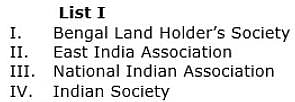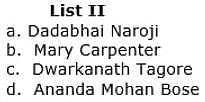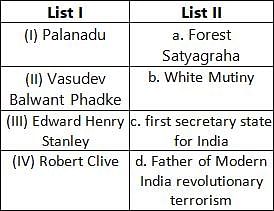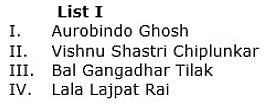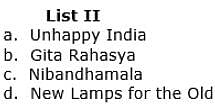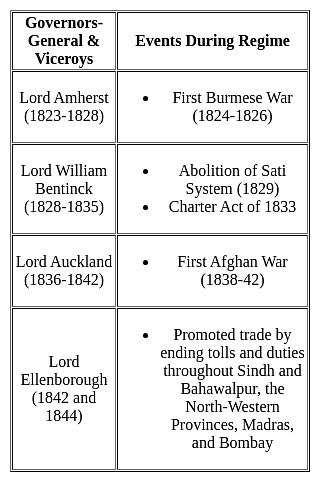TS SET Paper 2 Mock Test - 4 (History) - TS TET MCQ
30 Questions MCQ Test TS SET Mock Test Series 2024 - TS SET Paper 2 Mock Test - 4 (History)
The terms ‘nam, dan and isnan’ were used by
The role of the British Government in the genesis of our Constitution was openly opposed by ______.
The Vernacular Press Act in British India was concerned with-:
Choose the incorrect pair.
1) Taccavi:- agricultural loans
2) Mahajans:- warrior chieftain and zamindars
3) Poligars:- money lenders
Choose the correct statements.
1) In 1858 Lord Canning sent forth the royal proclamation in a grand Darbar at Delhi.
2) It was then proclaimed that all treaties and engagements of East India Company with princely states would be maintained and honoured.
3) The document was called “Magnacarta of the People of India”.
Analyze the significance of the Harappan city plans in light of contemporary archaeological theories.
Critically evaluate the potential interpretations of the Harappan seals and religious iconography.
How does the discovery of specialized craft production workshops in Harappa and Dholavira contribute to our understanding of Harappan society?
Consider the following statements:
1. A strong resolution was adopted declaring Congress support for the INA cause at the first Post-war Congress session.
2. An INA Relief and Enquiry Committee was formed to give money, food, and employment support to the affected.
Which of the above statement(s) is/are correct?
Jugantar Patrika was a Bengali weekly newspaper. It served as a propagating organ for which of the following organizations?
Which of the following statements relating to Government of India act 1935 are correct?
1). It introduced provincial autonomy
2). It proposed bicameral Legislatures at federal level
3). It proposed establishment of federal court
Which is the correct chronology of following events occurring during the reign of Akbar?
a. Declaration of Mazhar (Infallibility decree)
b. Abolition of zazia
c. Declaration of Tohid-i-Ilahi
d. Construction of Ibadatkhana
Choose the correct combination given below:
Consider the following statements regarding Muhammad Tughluq:
1. He shifted the capital to Daulatabad in the south.
2. He paid his soldiers in land grants.
3. His administrative measures were a failure.
4. He levied additional taxes to meet the need of the large soldiers.
Which of the following statements is/are true?
Which among the following principles was/were propagated by the Theosophical Society?
Which of following was an aim of the Indian Association which was founded by Suredranath Banerjee?
Which of the following Gupta kings had issued a gold coin which depicts a rhinoceros?
Consider the following statements:
- Deoband movement aimed at the welfare of Muslims through western education and support of the British Government.
- Aligarh movement emphasised on the reconciliation of Islamic teachings with the needs of the modern age.
Which of the statements given above is/are correct?
|
60 tests
|


